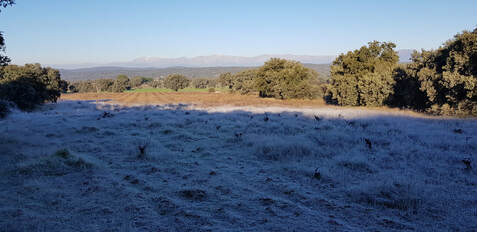
In the Gredos area there are plenty of neglected vineyards (as well as olive groves). Young generations see winemaking (and/or olive oil making) as old-fashioned and hard work. Whilst it might not be very profitable in money terms, the quality of the end product plus the satisfaction of making it yourself more than compensates for the effort.
Nowadays with technology you can avoid bad weather: waterproof clothing, gloves, etc allow you to work in the countryside comfortably. Apps allow you to monitor/foresee the weather so that you can avoid working in the fields when harsh or unwelcoming and work on glorious sunny days instead...
Additionally, modern techniques reduce the work required in the vineyard. Green covers spare the need of tilling (which is demanding) whilst keeping moisture in the soil and improving soil quality... Making your own treatments (i.e: nettle or horsetail ferments) protect the vines from viruses and fungus at zero cost.
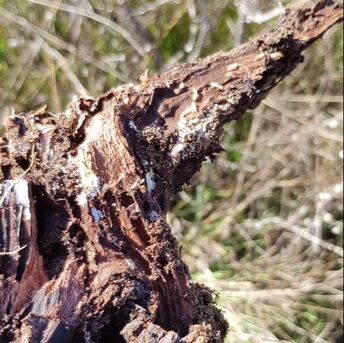
With that in mind, started pruning during the holiday season in December/January (when the temperatures went down below zero) and completed it in early March (with much kinder weather).
As the vineyard was unmanned over the last few years overgrown grass/plants cover the vineyard and make it difficult to work/walk around. Over the next few months once the spring rains are over, will trim the grass so that the soil keeps as much moisture as possible whilst making it easier to work/walk around. It will also allow to treat phylloxera, viruses and fungal infections so that the vines can work at full strength.
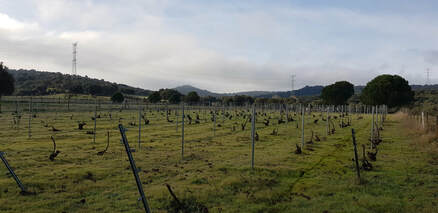
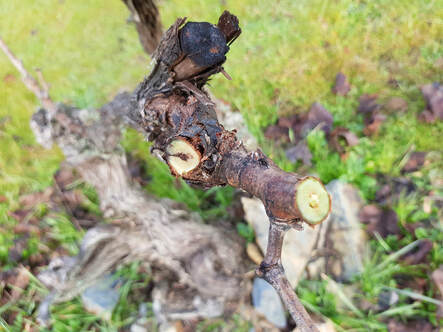
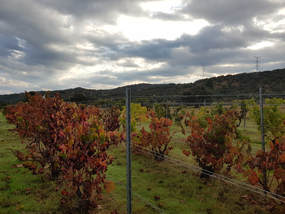
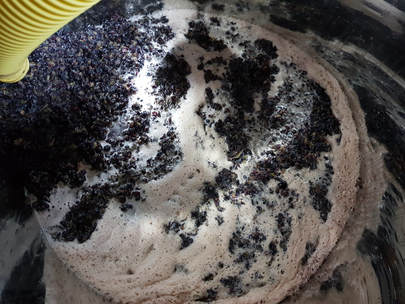
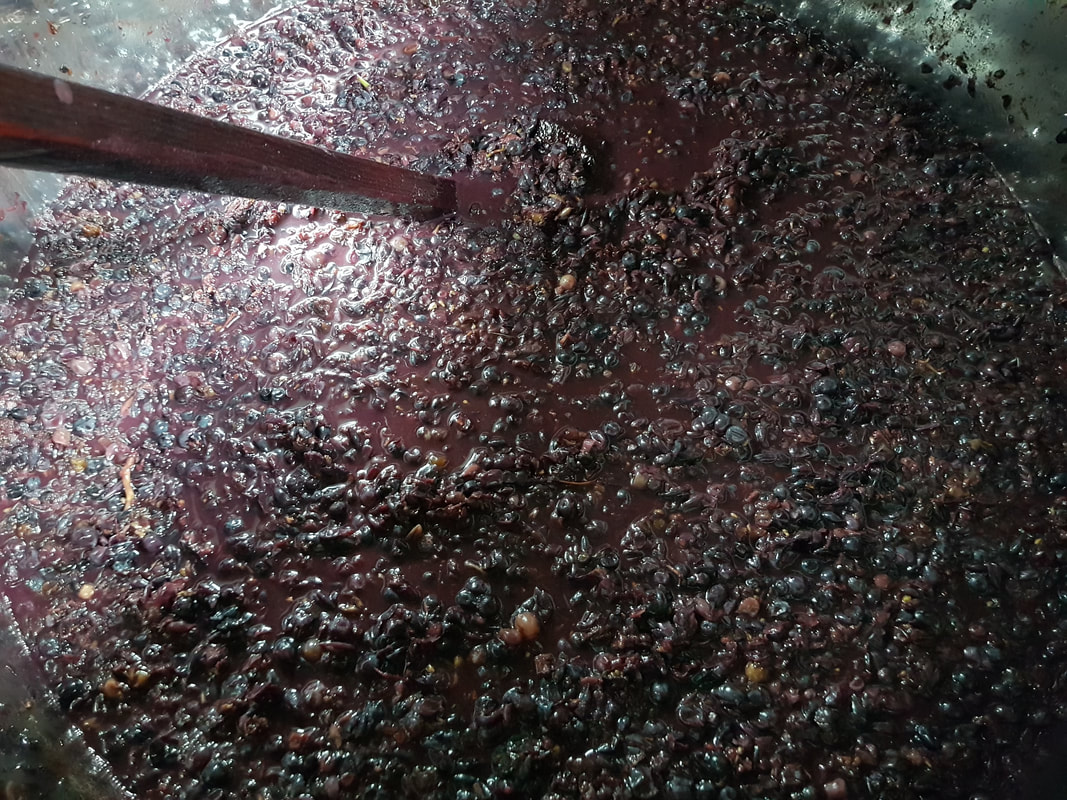
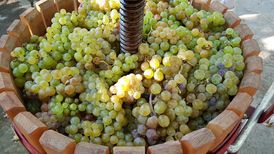
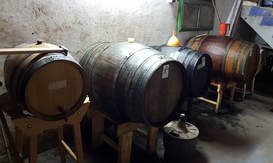
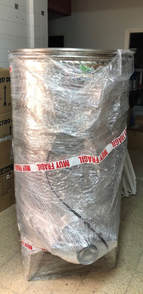
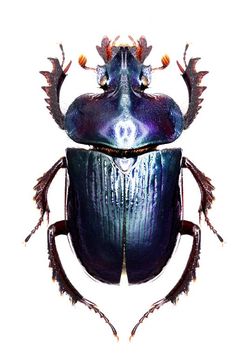
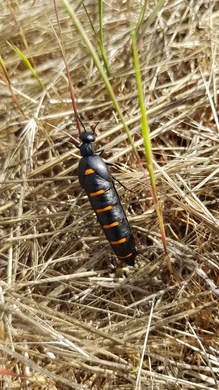
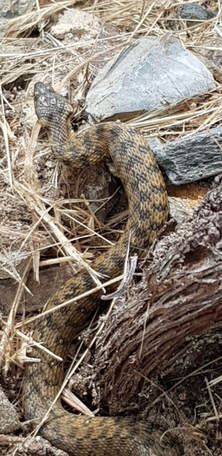
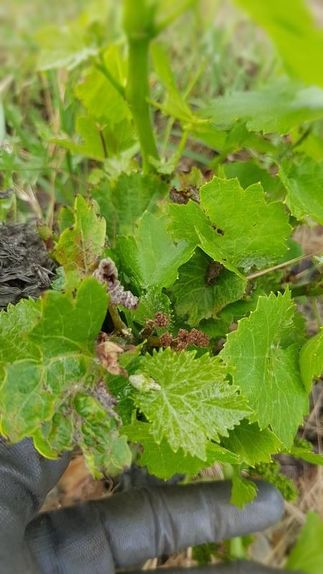
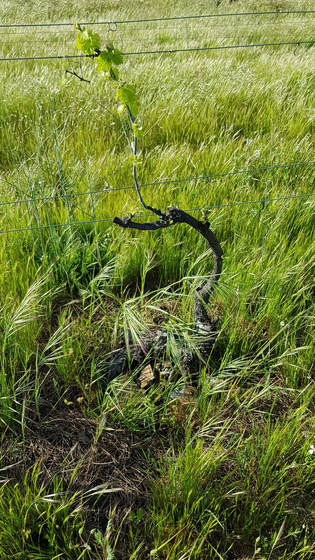
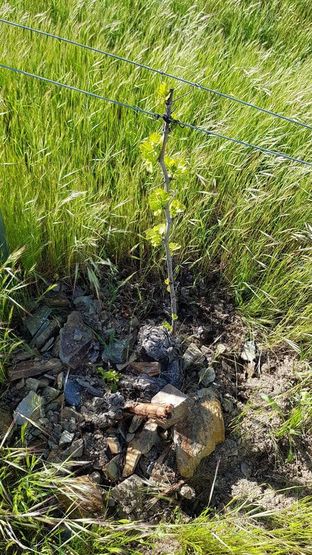
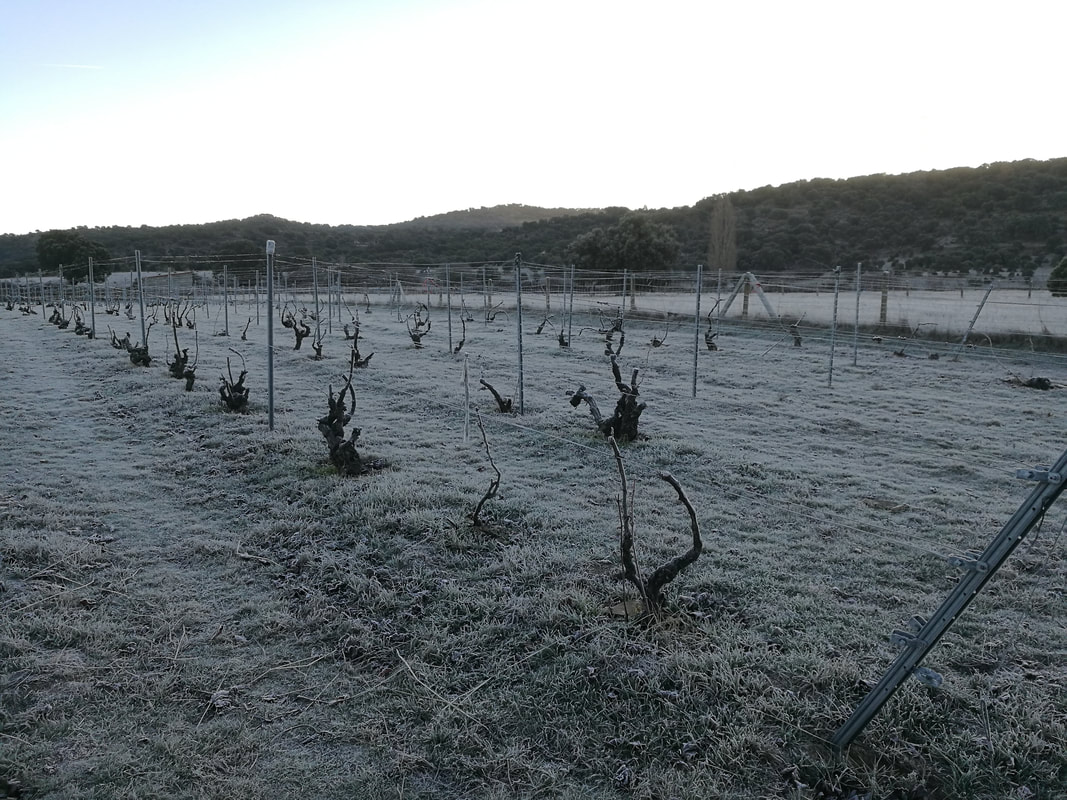
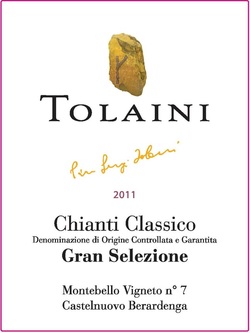
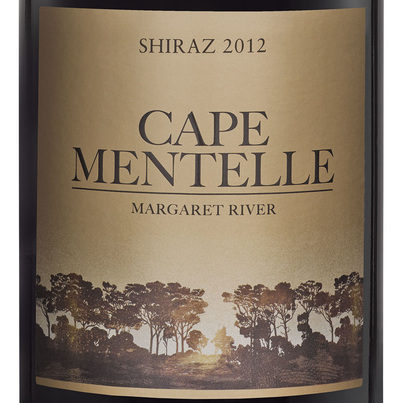

 RSS Feed
RSS Feed
